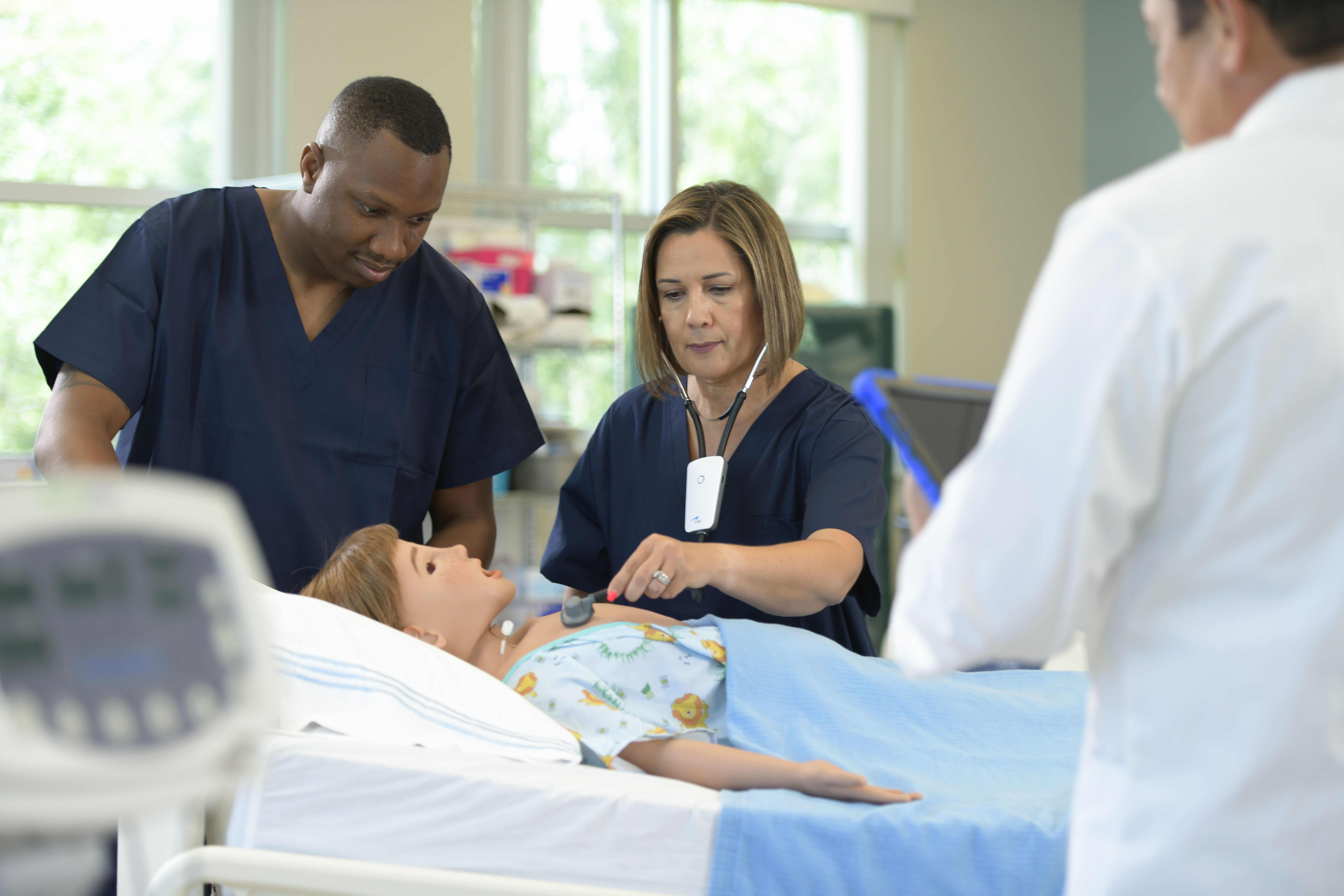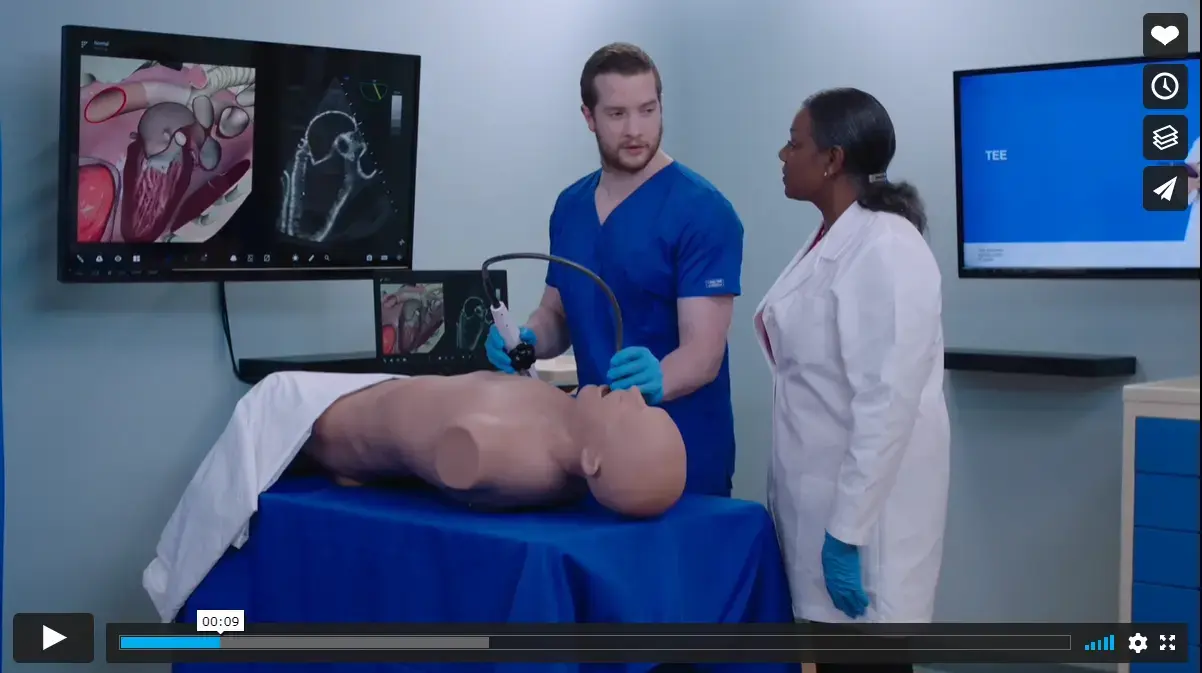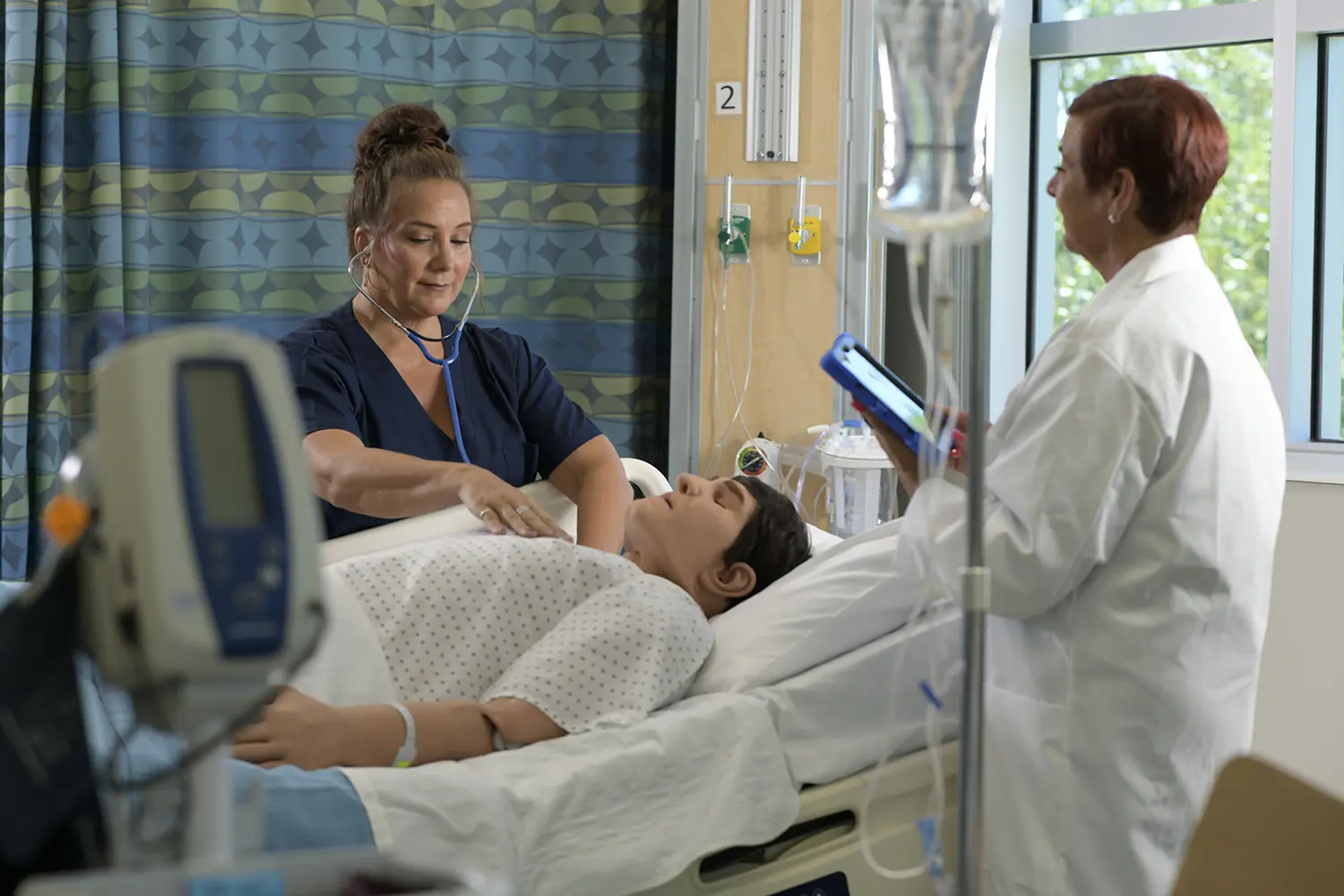CAE Healthcare Blog
CAE Healthcare highlights CAE Aria for National Children’s Health Month
Oct 02, 2023

October is National Children’s Health Month; an observance focusing on how to protect and develop children’s health.
According to the National Library of Medicine, the most common emergencies encountered in pediatric office practice are respiratory distress, dehydration, anaphylaxis, seizures and trauma.
At CAE Healthcare, we deliver the perfect solution to prepare learners and practicing professionals for these critical moments.

That solution is CAE Aria.
Simulating a 7-year-old child, CAE Aria is equipped with an advanced airway, neurological features and 60 vocal expressions and sounds to enhance the realism in educational scenarios. This high-fidelity pediatric manikin offers training to help reduce medical errors, improve performance and boost proper pediatric patient care. Using CAE Aria, learners can gain experience conducting assessments, applying clinical decision-making and administering medical interventions in a risk-free environment. They can also:
- Assess verbal cues including confusion, anxiety, stress and pain;
- Practice airway management skills;
- Perform neurological evaluations;
- Prepare for pediatric emergencies in various simulated settings.
Designed with spontaneous breathing capabilities and compliant with the latest Basic Life Support (BLS) guidelines, CAE Aria can demonstrate true-to-life chest rise and falls during bag-valve-mask ventilation and display lung sounds in the right main stem. The advanced respiratory system provides the opportunity to experience automatic detection, resolution and logging of mid-clavicular needle decompression and manage oxygenation with a simulated pulse oximeter.

There’s more!
Paired with CAE Maestro software, CAE Aria generates real-time CPR feedback and reporting. The software detects hand placement, rate and depth of compressions, recoil and ventilation-to-compression ratio.
Packed with neurological features, learners can also practice identifying health abnormalities. Featuring CAE SymEyes, alter the appearance of CAE Aria’s eyelids, sclera and pupils to witness health conditions including jaundice and bloodshot eyes. Additionally, this high-fidelity patient simulator can simulate seizures, respond to pain from sternal rubs and react to glucose fingerstick testing.
With realistic joint articulation in the neck, shoulders, elbows, hips and knees, training scenarios are nearly endless with CAE Aria, who also comes with interchangeable gender options for diverse care.
CAE Aria is part of a broad portfolio of patient simulators offering training for numerous clinical specialties. That portfolio includes:
- CAE Apollo, prehospital and nursing simulator,
- CAE Ares, emergency medical simulator,
- CAE Juno, nursing skills simulator,
- CAE Lucina, maternal simulator,
- CAE Luna, neonatal simulator.
Each of these patient simulators relies on CAE’s modeled physiology to drive their responses to medical treatments, allowing instructors the chance to spend more time overseeing the curricula and less time controlling the operation.
Click here to learn more about CAE Aria and its key features.
Media Inquiries
Mary Beth Kennedy
Marketing & Communication Specialist


